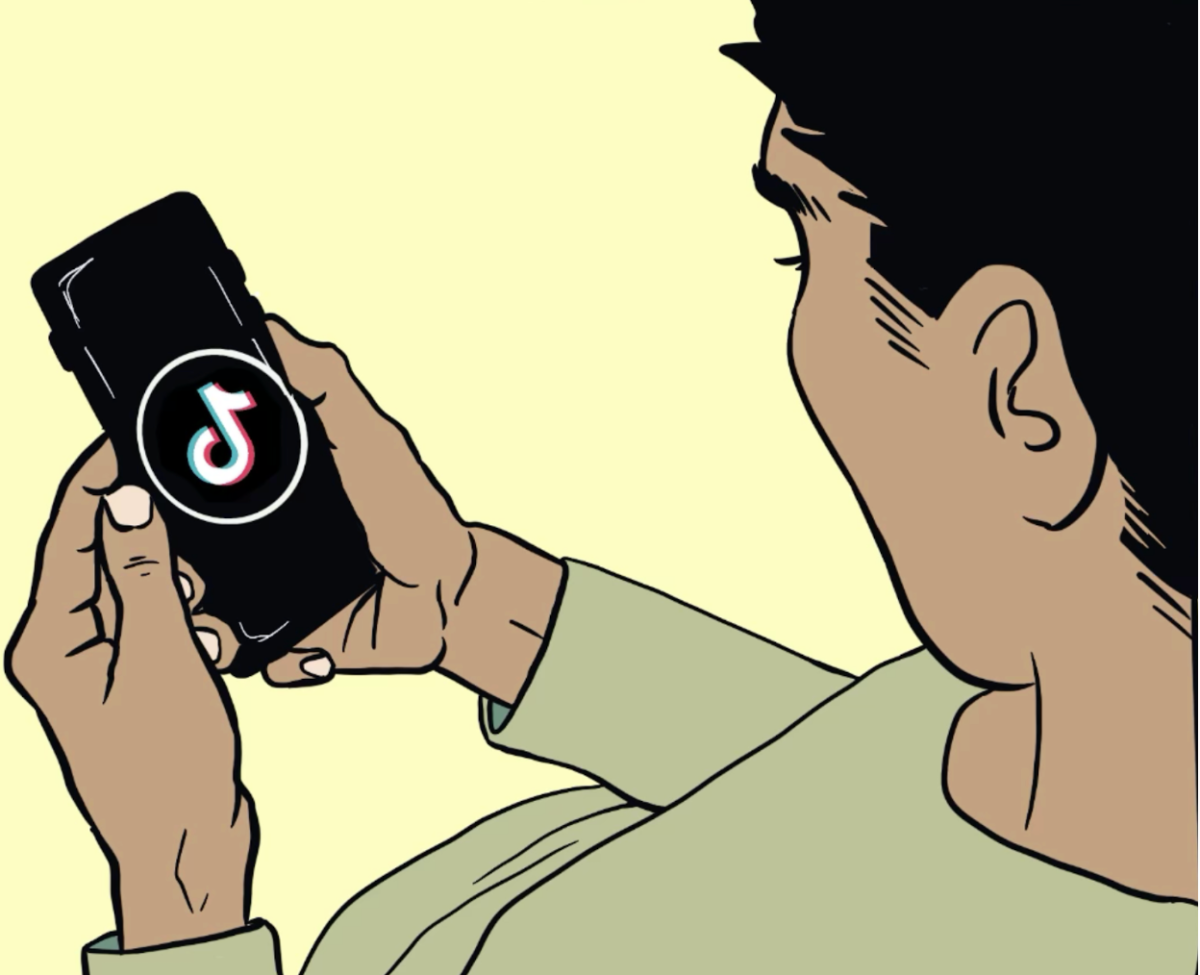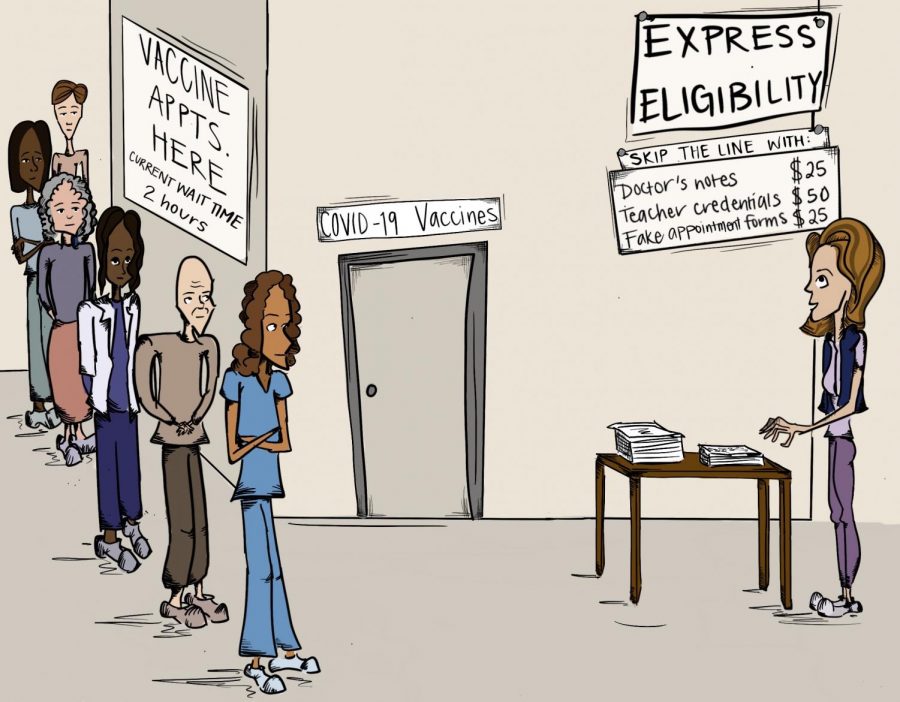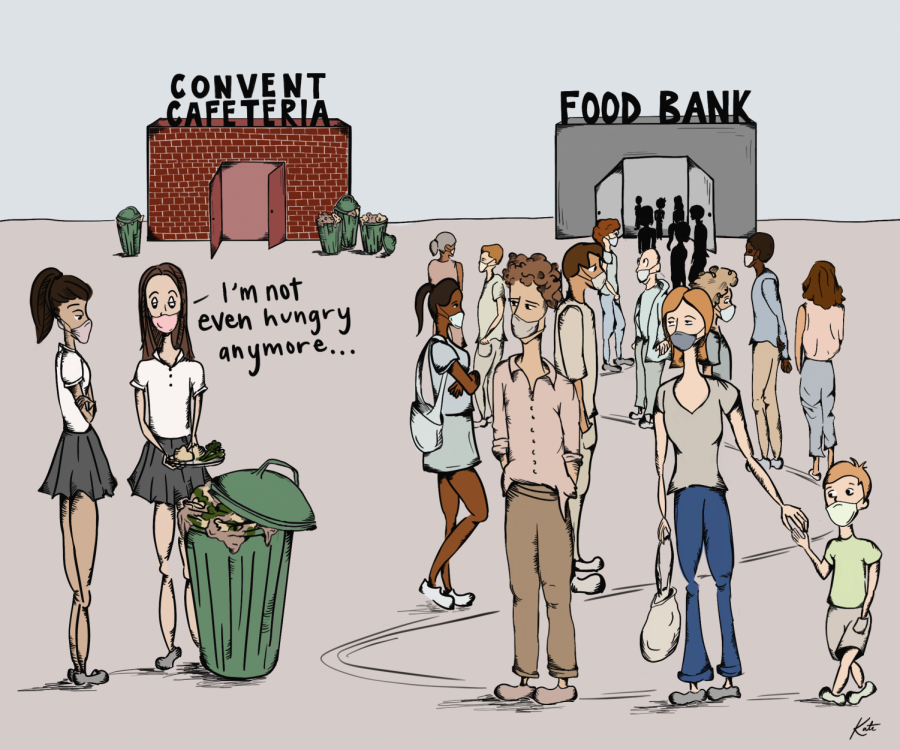Staff Editorial
Disaster strikes. The global community is inundated with requests for volunteers and donations for the affected region. It has become easier with each natural disaster to send humanitarian aid to the people of a panic-stricken country without leaving the house or even getting out of a seat.
The average American who feels for victims of disasters can quell her empathy by utilizing 21st century methods of aid, but new technologies do not replace reliable organizations and traditional ways to help that carry the largest burden in helping a disaster area recover.
When the latest major earthquake struck Haiti, the American Red Cross collaborated with phone companies for a unique relief effort — cell phone users could donate to Haiti relief by texting HAITI to 90999, automatically
adding $10 to phone bills.
This modern system of donating makes it easier to make a donation quickly, but this should not be where help ends. It is an excellent start and appreciated by organizations, but a text and small donation does not provide the same personal involvement of traditional volunteering and hard work.
Citizens who really want to help should also be heading to their neighborhood community centers. Many organizations have the resources, but not enough hands, to organize and sort basics like clothing and toiletries.
Raising money through fundraisers such as benefit concerts allow donors to actually learn about whom they are helping. Social justice groups such as United for Peace and Justice-Bay Area and MADRE actually bring people together to educate them on a hurricane or earthquake’s destruction have been a trademark of relief efforts that goes beyond a simple monetary contribution. It is important to know what donations are funding and why aid is needed.
Individuals concerned with the devastating situation in Haiti and have simply texted as their form of aid should reconsider how much effort they have put into helping the cause. A next step might include volunteering with a local service core or church that has programs for Haiti, running a drive for groups collecting supplies or working at organizations like Architecture for Humanity, an organization designing stable buildings for Haiti.
Grassroots is basis of change. The best thing to do is start local. Create projects. Keep communities informed and reminded of what is going on in Haiti.
The surge of texting and online donations may not last long, but Haiti’s recovery will take years — if not decades — and it will be a combination of local, national and global aid organizations that will continue to help the country rebuild.











